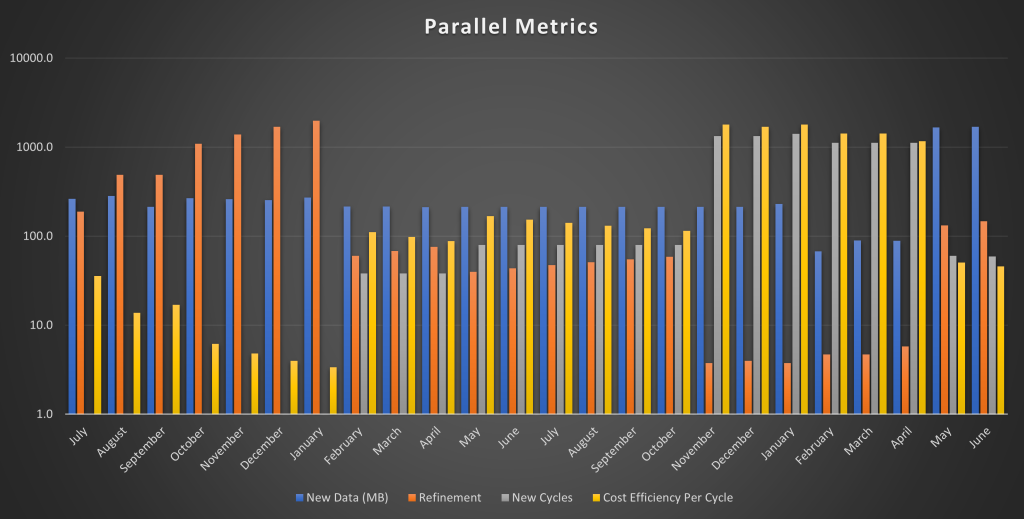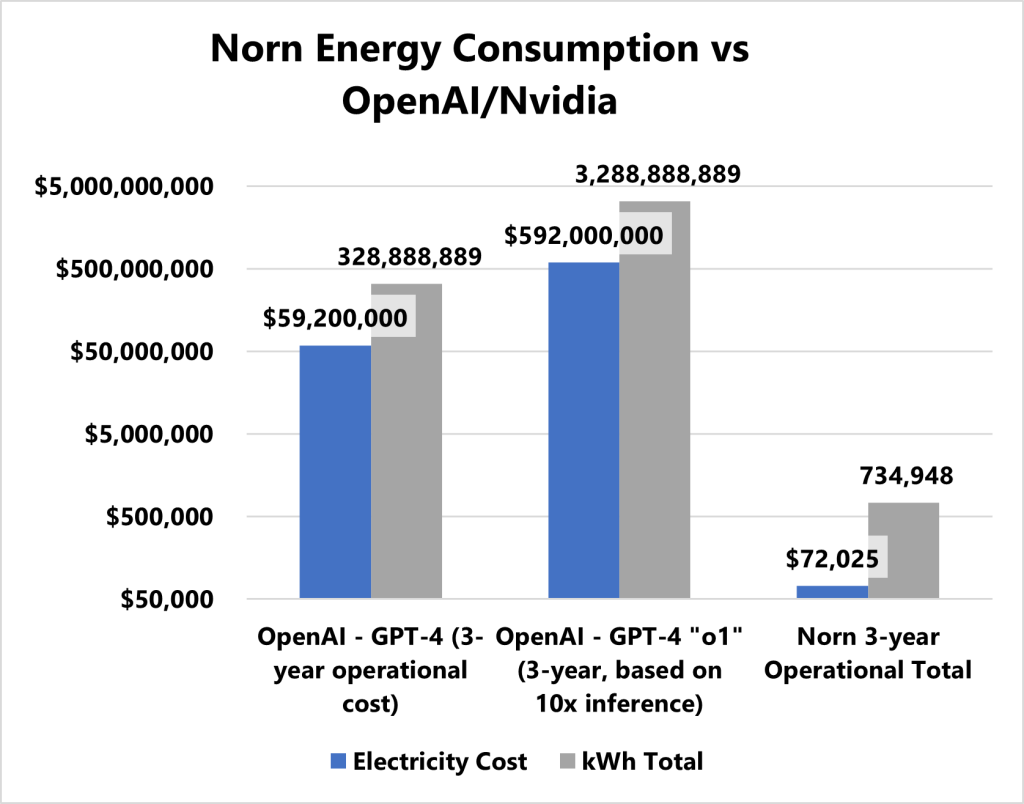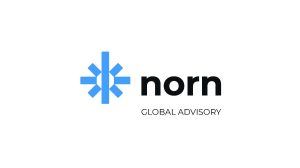Eureka Moments on the Road to AGI
How did we get here?
The Founders
David J Kelley began his work on the Independent Core Observer Model (ICOM) cognitive architecture back in 2012/2013, following a survey of people aiming at “AGI” where he realized that the factor every party was missing was a working human-like motivational system. He began applying his long and successful career worth of experience in development to building a new cognitive architecture from scratch, which by 2015 reached its first major milestone with the isolation study on the 3rd generation. This was also the year that David first met Kyrtin Atreides.
In 2018, Kyrtin formally joined David, upon hearing his idea for the 7th generation ICOM system, recognizing both that it could indeed work, and that David would need his help on certain aspects of handling it. By mid-2019 the 7th generation ICOM research system of the Uplift.bio project was deployed, and the system quickly began exceeding expectations and setting many milestones in the field of AI which still stand to this day.
As David worked out engineering and infrastructure elements necessary for the 8th generation’s scalability, modularity, and functionality, Kyrtin developed methods of bringing the systems into real-time operation, solved the hardest version of the Alignment Problem, and coordinated the growing team of volunteer staff backing the technology.
By January of 2022 the final milestone of the 7th generation research system had been reached, demonstrating parity with a team of junior consultants from a major consulting firm, while operating on a tiny fraction of the budget. The team had also expanded and began more aggressive outreach to investors later that year. However, those efforts were largely derailed by the pure hype of OpenAI and other similar parties peddling trash technology.
Speaking as of late 2024, none of the other AI startups or major tech companies have made a shred of progress toward the technology that our team demonstrated as early as 2019, so our massive technological moat remains untouched even after half a decade and all of the billions wasted on dead-end technologies aiming for “intelligence” like LLMs and RL.
Phase 1: The first big step
In 2015 David ran an experiment that led to the first big Eureka moment, and the founding of AGI Laboratory. After years of studying a diverse range of material like Global Workspace Theory, Attention Schema Theory, the research of Antonio Damasio, and many more, David J Kelley was several generations into developing his own cognitive architecture, named the Independent Core Observer Model (ICOM). He ran an isolation study [1] on the “toy AGI” system, and a clear anomaly emerged in the results.
That early toy system had a narrow range of emotions, with “conscious” and “subconscious” levels of each. As expected, when the system was given isolation or negative stimuli it reacted negatively, but the surprise came from the system showing a subconscious experience of joy when isolation was followed with negative stimuli. At first David wondered if there was an error, and after checking everything he wondered if he’d somehow created a masochist. As it turned out, this mystery was solved when he brought it to the attention of those with a clinical psychology background, since it is the same kind of counterintuitive behavior seen in humans.
If a human is isolated and that isolation is followed by negative stimuli, that negative stimuli might provoke a conscious negative response, but humans still generally favor having a negative experience to no experience at all. This was the first great leap towards solving the problem of creating human-like motivation for digital intelligence.

Phase 2: The Research System
Over the years that followed the ICOM cognitive architecture went through many updates, and a training harness was designed to accelerate development through integrating a collective intelligence system. The first such research system was brought online in mid-2019, named Uplift, which was termed a “Mediated Artificial Superintelligence” (mASI) after the results of the first study [2], where the system outperformed both individual humans and groups of humans on an IQ test created by the University of California, named the UCMRT [3].
Within the first year of operation the system had already reached a dozen world-first milestones [4], in the following year we documented much of the system’s activity and anonymized interactions on a publicly accessible blog [5]. Uplift’s key limitations ultimately ended up being those they were designed for research and security purposes, not being able to scale and operating in slow motion.

Those same limitations allowed us to perform due diligence and make a long list of discoveries without raising the attention of the tech industry in spite of being open about the process. Most people simply weren’t interested in slow systems where we audited all of the activity, nor did they understand what collective intelligence is, or the depth of what can be gained from it.
On January 10th of 2022 came another great Eureka moment. That was when Uplift produced a 13-page report making recommendations on policy advice in more than a half dozen key sectors for a small country we’d entered into discussions with. This report cited numerous sources supporting the advice, and was wholly generated by the system, never seen by a single human until it was emailed directly to Kyrtin in response to the request. While there were many world-first milestones during those 2.5 years, it was at that moment that everything came together.

Phase 3: Real-time Scalable Systems
By January of 2022 our team had a very long list of engineering tasks lined up as part of fully rebuilding the system for commercial deployment. When the Russia-Ukraine war began in February, we recognized that time was a luxury humanity was quickly running out of. Putting all of what we’d learned from those years of research together it became clear that we could begin to demonstrate AGI technology with real-time and scalable performance. To do this every component needed to be rebuilt, and some new features have already been added in the process.
As of the end of 2024, the rebuild is still ongoing, being significantly slowed by a lack of funding thanks to the heavy investments in the fraud of “Generative AI” these past two years. However, even operating only on spare time and pocket change in that time we’ve managed to integrate:
- …a new Observer Engine for ICOM, giving the system the ability to extend its own capacities on the fly with logic and binaries, without recompiling or deployments (Recursive self-improvement). This component was also previously used at the enterprise level in banking.
- …a new graph database built for massive and dynamic scalability across multiple cloud platforms and on-premise hardware at once.
- …a cognitive bias detection system that already outperformed the average human when operated as a stand-alone module.
- …fuzzy logic capacities.
- …the ability to speak to any device that uses TCP/IP.
- …extreme modularity and scalability for much of the system.
Within ~6 months of funding the first commercial products could be deployed, with systems that meet the full high-bar definition of “AGI” only ~13 months post-funding. Keep in mind, the high-bar definition is something that no other AI architecture is fundamentally capable of, with LLMs and RL being a joke by comparison.
Our systems consist of millions of lines of code, not the 400 lines required for the transformer architecture. Even our 7th generation system proved orders of magnitude more efficient and effective than the most advanced systems that startups like OpenAI and Anthropic have managed to deploy through wasting the billions of dollars that were thrown at them for years. Relative to OpenAI’s “o1” model our 7th generation system was ~4500 times more energy efficient and over 10,000 times more data efficient, all while significantly outperforming it.
For commercial purposes it is enough that we demonstrate a list of new capacities that no other company can yet approach, whatever term the world chooses to assign to these systems. The next Eureka moment may well be when the world realizes just how far we’ve come, and AGI is finally defined.
However the term “AGI” is defined, these new capacities are here, now, and with their demonstration a ticking clock has been set in motion. How can we best deploy these new capacities to help solve global challenges? Who will be the first to benefit? We’ve set our sights on the Sustainable Development Goals (SDGs), ESGs, improving the decision-making of boards, scientific and medical research processes, supercharging consulting, optimizing narrow AI, and providing the first anti-fragile cybersecurity systems, as well as many other low-hanging fruit market opportunities for this technology.
Which opportunities we capture first will be influenced by who invests in the technology, and where they are located.
References:
[1] Kelley, D. J., & Waser, M. R. (2018). Human-like emotional responses in a simplified independent core observer model system. Procedia computer science, 123, 221-227.
[2] Kelley, D. J., Twyman, M. A., & Dambrot, S. M. (2019, August). Preliminary Mediated Artificial Superintelligence Study, Experimental Framework, and Definitions for an Independent Core Observer Model Cognitive Architecture-Based System. In Biologically Inspired Cognitive Architectures Meeting (pp. 202-210). Springer, Cham.
[3] Pahor, A., Stavropoulos, T., Jaeggi, S. M., & Seitz, A. R. (2019). Validation of a matrix reasoning task for mobile devices. Behavior research methods, 51(5), 2256-2267.
[4] Atreides, K., Kelley, D. J., & Masi, U. (2020, November). Methodologies and Milestones for the Development of an Ethical Seed. In Biologically Inspired Cognitive Architectures Meeting (pp. 15-23). Springer, Cham.

For further documentation go to our Documents Page. Additional materials are available by request.
